Additional information
| Product Dimensions | 4.31 x 1.31 x 2.44 inches |
|---|---|
| Item Weight | 9.1 ounces |
| ASIN | B07NSMJX2K |
| Item model number | R02010 |
| Batteries | 1 Lithium ion batteries required. (included) |
| Customer Reviews | /** Fix for UDP-1061. Average customer reviews has a small extra line on hover* https://omni-grok.amazon.com/xref/src/appgroup/websiteTemplates/retail/SoftlinesDetailPageAssets/udp-intl-lock/src/legacy.css?indexName=WebsiteTemplates#40*/.noUnderline a:hover {text-decoration: none;}4.6 out of 5 stars216 ratingsP.when('A', 'ready').execute(function(A) {A.declarative('acrLink-click-metrics', 'click', { "allowLinkDefault" : true }, function(event){if(window.ue) {ue.count("acrLinkClickCount", (ue.count("acrLinkClickCount"), 0) + 1);}});});P.when('A', 'cf').execute(function(A) {A.declarative('acrStarsLink-click-metrics', 'click', { "allowLinkDefault" : true }, function(event){if(window.ue) {ue.count("acrStarsLinkWithPopoverClickCount", (ue.count("acrStarsLinkWithPopoverClickCount"), 0) + 1);}});});4.6 out of 5 stars |
| Best Sellers Rank | #17,652 in Electronics (See Top 100 in Electronics)#110 in Digital Point & Shoot Cameras |
| Date First Available | February 21, 2019 |
| Manufacturer | RICOH |
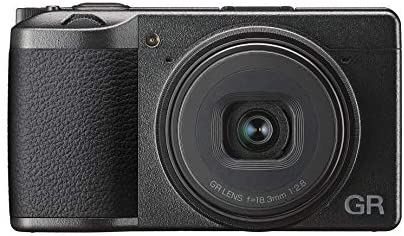
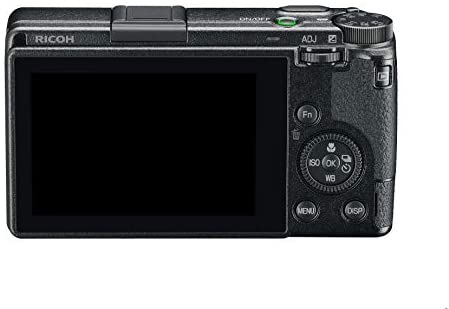
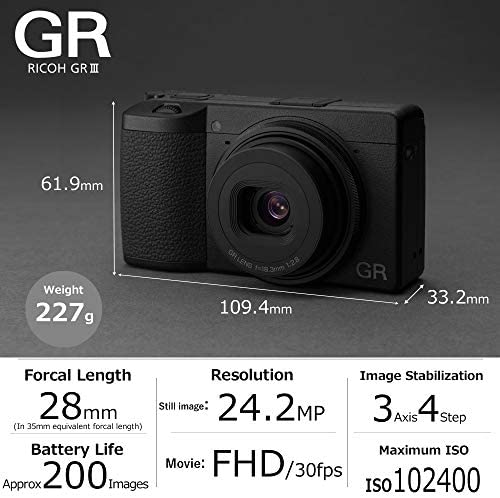
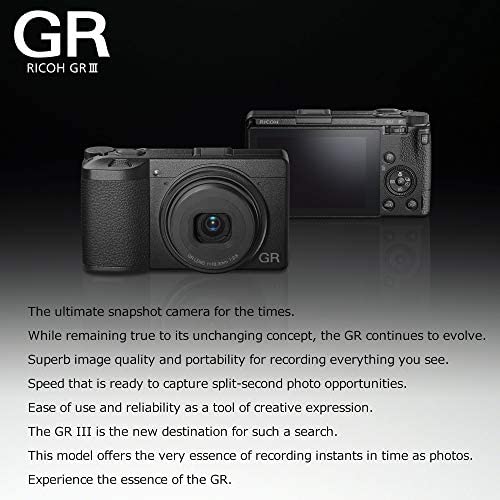
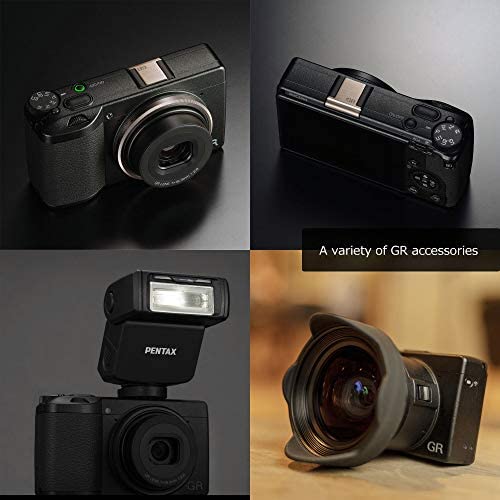
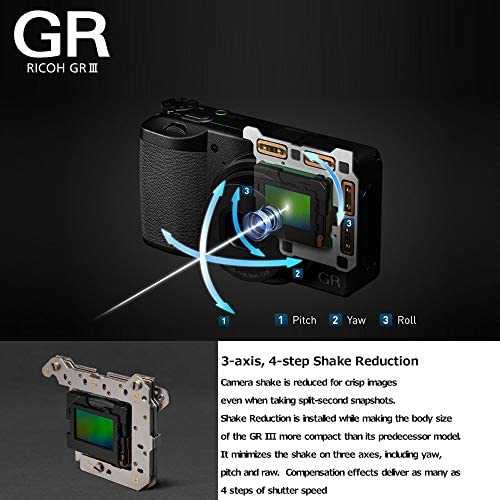
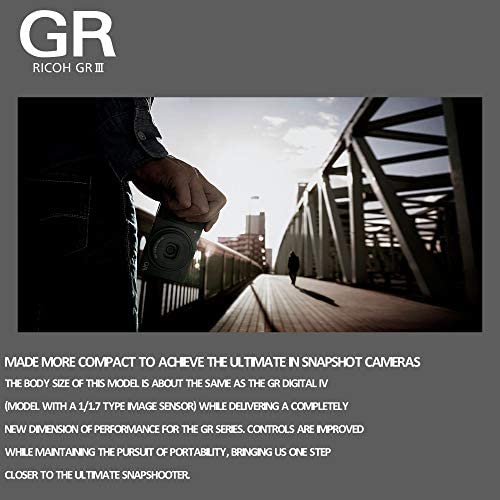
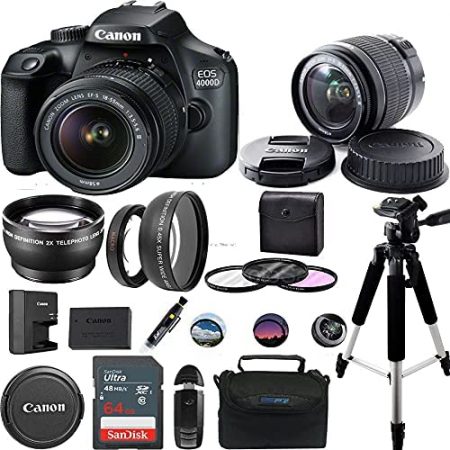
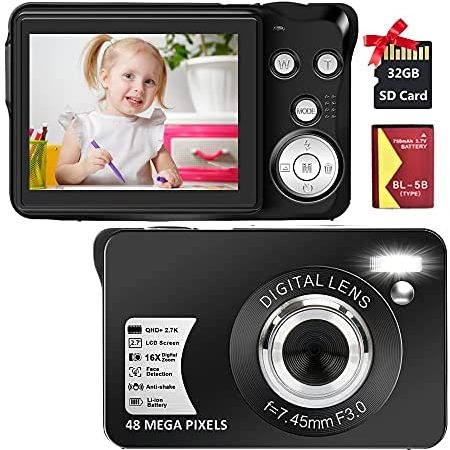
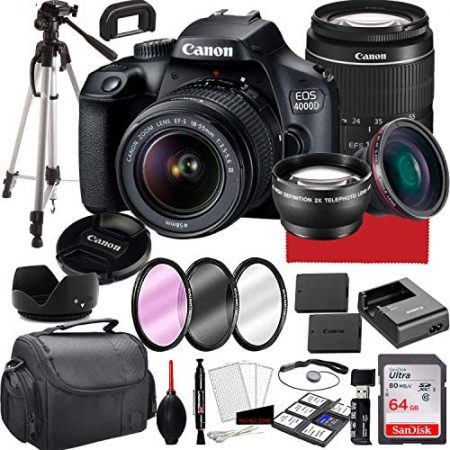
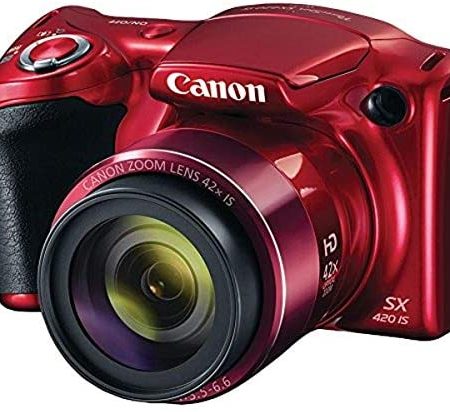
KWeber –
Unlike other pocketable cameras I’ve owned, this one has a significant learning curve. For example, there is no Auto setting that covers most casual situations.The reason, of course, is that this camera is powerful enough for professional use. I spent a few hours reading the manual and watching various YouTube videos about the camera, and now I feel I have a tool that is miles better than anything I’ve used prior.The images are so sharp that the lack of a zoom lens becomes irrelevant. I can crop most photos severely and still maintain a crisp image, especially when using a good “post-production” software program.
davidm –
Yeah this camera is as amazing as they say. I’ve had so many cameras over the years. I’ve had Leicas, Nikons, Fujis, Sonys. After my Leicas, this GR3 is easily the best I have. The Leicas are for more special occasions. The GR3 gets the most use by far. It really does just go in my front pocket everywhere I go. The snap focus is cool and handy but mostly I love the the touch screen. Simply touch where you want the focus and it snaps the photo for you. (You have to set this up in the menu).I love the monochromes. They are very close to my Leica ones. The colors in the positive film look really great.Lens is really sharp. The macro feature is nice and works pretty well.This camera blows away any Sony I’ve ever used. I do use a Fuji x100t that I also like, but overall, the Ricoh is the best all around camera for me.
Andrew D. Lossing –
UPDATE, 4/23/2019: My original review is below, however I wanted to change my initial assessment from four to five stars due to a couple of considerations. One, I have found battery life to be fairly consistently better than the 200 shots advertised, unless I spend a lot of time editing RAW files or similar processor-intensive activity. Second, and more important, Ricoh released their first firmware update on 4/22, a month after the US release date, and it includes two things: support for the updated Image Sync app, allowing the camera’s Wi-Fi/Bluetooth connection to smartphones, and an improvement to the camera’s low light focusing speed and accuracy. Thank goodness for that last addition! I’m impressed with Ricoh for getting something out so fast to address the biggest downfall with the camera, and it does indeed improve things. Focus speed in very low light is still a lot slower than my Panasonic GX85 (but keep in mind, I am testing that camera with lenses that have wider maximum apertures than the GR III) but it is much faster and hunts a lot less than it did pre-update. This improvement applies directly to the main reason that I didn’t initially rate this camera at five stars, so I am happy to be able to address that with a positive improvement. I know there are still forthcoming firmware updates, since the camera still has a “Grain” setting on some JPEG modes that is not fully functioning, and that future update is actually mentioned in the camera literature. END OF UPDATE, ORIGINAL REVIEW BELOW.The Ricoh GR III has been long awaited by Ricoh users now, since the original APS-C GR was released in 2013 and used 2013 technology, and the GR II really only added connectivity to the same camera. Sensor, processor etc. have been from that era for six years now, so it was high time for an update. I was lucky enough to be one of the first batch of Amazon stock, so I’ve had some time to get to know the camera. Now, if you don’t know what the Ricoh GR series is about, watch some videos or read some of the reviews for earlier models; the recipe hasn’t changed. It’s a truly pocket-sized camera that, unlike other pocket cameras, has excellent ergonomics, is designed for quick and effective operation, even one-handed, and delivers unique and powerful images with high quality and fidelity.I’m coming from using the Ricoh GR II for almost a year, and the GR III came at the right time (close to my birthday) so I was able to sell my previous model with little wear and tear and try the new model. I’ve used APS-C and Micro Four Thirds in the past, with a Panasonic GX85 being my main camera at present, but the Ricoh GR series has always been a unique spin on a camera, and one that complements another system quite well. I loved the GR II but always worried about developing dust on the sensor (the first one I bought had dust from the factory, even, so I exchanged it), and the dust removal system of the new model was icing on the cake for me along with all of the other updated features.Rather than give a lengthy review which most people won’t read (I tend to like to ramble on), I’m going to give some bullet points on what I think this camera offers over the previous models, and similar cameras among the competition. Everything else you can get from a spec sheet or a review in a lengthier format.• Image quality is absolutely fantastic. I love it. High ISO looks great, the feel of images is just incredible. GRs are tuned to be… different, in a good way. This one preserves that, while dialing up the IQ at the same time. Now, if you really liked the effect filters from the GR II, they are here except for cross process (sadly… firmware update? Ricoh is very good about improving and developing on their cameras post-launch, and they listen to users better than most, which not going so far as to compromise what they see as the core concept of the GR cameras) but they have a slightly different feel. There are a lot more parameters to change, but the GR II felt expertly tuned from default. So, what about Fuji JPEG colors? Personally, I’ve always felt that Fuji’s colors were only special in an era when most manufacturers’ JPEGs were bad. Everyone has gotten better, but Fuji can’t iterate because they’ve already given their film simulations fancy names, and people know what to expect. I think Ricoh’s Positive Film style bests Fuji’s Classic Chrome, personally. And the contrasty B&W options Ricoh makes are a lot different than the more subtle ones Fuji makes, so it’s not much of a comparison.• The touchscreen is awesome, Ricoh really got it right. It feels almost like a Panasonic, sadly without a screen to access all the main functions via touch on the same screen, like Panasonic or Olympus. But surprisingly, touch to focus and shoot is a fantastic addition to the repertoire of a GR. I can even shoot with the camera in my left hand! Anyone who has ever juggled a drink and a camera should appreciate being able to compose and shoot with either hand! Unlike the cheaper Fuji XF10, there’s no lag or jankiness to the touch functions, they just work.• Image stabilization works super well! In such a tiny camera, shake is harder to eliminate, as I’m sure you’ve noticed with the GR II. This is a welcome addition. Some people said that wide angle lenses don’t need image stabilization, but some things come from experience, not spec sheets: it’s much harder to avoid shake on a small camera body that is very light, so anything to aid in getting stable photos is good. Plus, being able to handhold down to half a second or longer, with care, allows for very cool light trail and movement blur effects handheld which you just couldn’t do with previous GRs, or any of the small Fujis.• The added resolution makes 35mm crop a lot more viable. Macro function is improved, and very sharp. 50mm crop combined with macro can be quite surprising. On a camera which is limited to a single, wide angle focal length, resolution enough to allow for fairly heavy cropping is a great thing. On top of this, the lens is so sharp that crops don’t suffer from a noticeable drop in resolution. The previous GR lens was super sharp, this one is even sharper if you believe the specs and tests, and my experience backs these up.• There are a few flaws. No camera is perfect, and not every previous flaw in the GR’s design was thoroughly fixed. Battery life is sure not great, but you can eke a lot more than the rated 200 shots out of it by switching the camera off when you’re not taking photos. AF is the big bugbear. Fortunately, it’s not as bad as they say. It’s very similar to the GR II, except noticeably faster in good light, and possibly worse in very bad light. My GX85 eats it for lunch in very low light, but I hold that the AF only completely falls on its face in lighting you probably wouldn’t think to get photos in. Low, indoor artificial light is the main culprit. Even in low twilight outside, I got focus to lock pretty consistently. It’s a significant disappointment even so, and the biggest reason I couldn’t give this camera five stars out of the gate, because the lackluster AF in the previous model has been talked about so much, Ricoh knew it would be a big deal to users in the new model. And they tried. The camera now has phase detect and contrast AF in hybrid form, which theoretically should cut way back on hunting and racking focus. In good light, it does. But in bad light, it still really needs work. Ricoh has pointed out that the design of the lens requires that a larger group of elements, instead of a single lens element, need to move around to focus the camera. This allows for the high image quality. But it shouldn’t make the camera hunt as much as it does in bad light.I do expect things to get somewhat better in firmware updates, and I may even add a star. Here’s the thing: the GR III is definitely a worthy upgrade over the GR II, and rockets the GR back into a premium option. But the GR II is special in its own right, and you could miss the recipe that that camera was made of, including the grainy, dirty high ISO look and the long and slim body style. And the flash. I’m not sorry I replaced mine, though. Because the GR III is special.
Sarah Collette –
This is my first real camera. Got it for small size, programmable settings and good macro option. Really enjoying it and while I was concerned about cost the ease of use has me using it almost every day!
jypfoto –
Those interested in the Ricoh GR series of cameras know of its place in the industry. It’s not your choice to shoot professional sports, it’s not your choice to film cinematic video, it’s not your choice when you want ultra high ISO performance, and it’s not your choice if you need pinpoint tracking. Let’s get that out of the way. Let’s also get the fact that it doesn’t have a flash, the battery life is subpar, and that it doesn’t have TAv, doesn’t have the exposure comp rocker.For all it doesn’t do/can’t do, it has a lot going for it. It’s a super small package, has a fantastic APS-C sensor, and the layout and button placement is top notch. The touch screen is pretty nicely implemented, not as good as the Canon/Panasonic touch screen implementation, but better than Olympus and Sony. I’m a long time fan of the GR series, had the original GR (released in 2013) on 3 separate occasions. Each time I sold it because I thought it was unnecessary, but kept on going back to it. Skipped the GRII because it wasn’t that much better than the III (thought I did buy it two weeks ago to hold me over for the III).The AF is definitely improved over the original and the II, but still not what I would call a speed demon. And Ricoh knows this and you should too. The inclusion of phase detect has made it slightly better, but because of the layout and the lens moves back and forth to acquire auto focus, it’s not the fastest out there. But other fixed lens cameras share similar tendencies such as the X100 series, the X70, and others. Snap focus is the highlight of the GR cameras and the inclusion of the touch to focus makes it much easier to use. Being able to choose touch to move AF, touch to move focus points and also AF, and also touch to move focus points, AF, and fire is a good touch. The GRIII’s attention to detail and features eliminates most of the “Why doesn’t this work in this mode?” that other cameras suffer from.Yes the battery life stinks. Rated at 200 shots, after you cycle a few times, you’ll get that number if you shoot normally (take a few shots, power off, power on, take a few shots, power off, etc). After consistent use the body will heat up more than the old one, you could tell that it’s a power hungry beast. I’ve gotten as few as 110 shots/clips and as many as 320. But there are lots of generics that are compatible, much like the older GR/GRII which you could use several different branded batteries, just look up for GRIII compatible batteries (I believe ones made for the Olympus TG Tracker are compatible).The lens is super sharp. Macro mode is improved to as close as 6cm. Sharp at 2.8, gets better at f4, but I have no issues shooting at 2.8. The X100/X70 at macro range is soft, and doesn’t get sharp until 5.6 or so, but the GR is fine at 2.8.Video quality isn’t the best, but it’ll do in a pinch. IBIS helps with video greatly over the II. Certainly not my first choice since it only does 1080/60 not 4k, and no mic/headphone jacks, but again, it’ll do for casual clips of my kids. Anything more serious I’ll use my a7III.Picture profiles are really nice, not as well known as the Fuji film simulations, but useable. Like the fact that it outputs DNG natively.The fact that you could have such a powerful little camera in a small package allows me to carry it around in small bag, use the wrist strap, and not worry about carrying a heavy bag. As long as you know the limitations that it has going into it, you’ll be more than happy with the end result. Do I wish it was cheaper? Who wouldn’t. But I could see this being my daily carry and use. It is improved over the GRII in most ways. Startup is faster, AF point movement is faster, the use of face detect in standard shooting mode and not just auto mode is great. It doesn’t have a flash (which I never used), it doesn’t have TAv, it doesn’t have a exposure comp rocker (which I never used and accidentally hit a lot of times). I have the A7III but I’ve used it less and less and have used the GR series more and more lately. No, this isn’t the camera to rule them all. But for what it does, in the size that it does it in, it’s a great option.
Tj –
Pocket bandit. Beast of the streets. Stealth mode initiated. The camera has a personality- a specific look. A true underdog. Think of this camera to other companies what Rocky was to Ivan drago. I think youll be quite impressed. Take my word for it. I guarantee it will expand your creativity- Because the best camera, is the camera that’s on you- and that’s the Ricoh if you have pockets.
LZ –
I had the Ricoh II but this version takes incredible photos comparatively – I’m stunned by the quality and vibrancy each time I review what I shot. I’ve even stopped using my Sony mirrorless and instead I take the Ricoh III everywhere now. I’m traveling abroad for a few months and it’s ideal.The battery life is abysmal — I easily go through four batteries in a couple hours of shooting — but the quality is so good, in general, nevermind for such a discreet and portable camera, that I can deal with this tradeoff.Other notes: the camera gets really hot with continuous use. Not enough where you can’t hold it, but it’s noticeable. Also, the focus isn’t great in low light.Despite the cons, I’m glad I upgraded. The photos off this thing are amazing!
Michael Zilkha –
This is the first non-Sony camera I have bought in a decade. It takes better pictures than the RX 100 V or VI, especially in low light. F2.8 is not fast but because of the APSC sensor the Ricoh GR iii works well in evening social situations. Plus it is truly light and pocketable. I will still use my Sony X1 R 2 when I want superior quality and I prefer a 35mm to a 28mm focal length when I am walking around, but for casual snapshots of friends the GR iii is amazing. It is so easy to slip it into one’s jacket pocket. I have had no issues with battery life and the auto-focus is decent, even in low light, and snap focus very effective. I am going on a trip later this week and planning to take the GR iii and the RX 100 VI for zooming in daylight, and leaving my full frame Sonys at home.
Jason –
Unless you live in a completely snapshot world or environment, this would not be your only camera. If you use a camera for any sort of work/studio/landscape/etc you’ll want a traditional DSLR or mirrorless dslr-style camera, with a viewfinder, etc. But as a street photographer’s SECOND camera, or an exceptionally good quality travel camera, the GR III is great! I prefer to look through a viewfinder of a meaty DSLR, but this is my fav second camera. I consider it a boutique camera that I know even if I don’t want to lug around my Full Frame, I can still get excellent, pin sharp focus images with this camera that, even though it’s small, it still has a ‘man’s’ weight to it. It’s NOT dainty, it’s ‘meaty’ and heavy in it’s own right. A big man will not feel weird with this in his hands – big guys know what I’m talking about.
Eyewanders –
I was initially on the fence about this one, particularly with the increased price over previous models on launch, but due to the readdition of phase-detection (along with the standard contrast-detection) to the new hybrid AF system, I decided to take the plunge. My *only* gripe about the previous two models (GR, and GRII) were the loss of phase-detection; as stellar as they are, the AF isn’t as on par as the older, smaller sensor versions, the GRDigitalIII and GRDigitalIV. That has now changed and I can report that though it’s not as fast as those older model at least in lowlight, it can finally focus in near darkness just like those older models, though it takes it a couple moments to do so. Using the assist-light helps considerably but I never use that merely because no one like to look at a green light pointed at them when its dark and it rather takes away from the nature of these cameras – unobtrusive, quick, stealthy.I’ve yet to test wifi features and such and have only played with the camera for the better part of a day. The original 2013 GR is the first camera I ever pre-ordered and I did not regret that decision. It doesn’t seem that I’ll regret this one either. 5-stars for initial impressions. I’ll expand on this review in a few weeks or months after I’ve really gotten to know it. I love this camera line. A shooter’s camera through and through.________________________Update (brief) 3/26/2019:Just wanted to ad a couple thoughts though I’ve still not had the opportunity to really test this thing. The wireless connectivity is proving fincky at best currently – evidently a major app update is coming from Ricoh in April which should address some issue. I really don’t use these features so cannot speak to them well.The IBIS is fantastic and shots I’ve taken as high as ISO6400 are ridiculously good IQ, much more than expected. Previously I’ve held ISO to 800 (sometimes 1600 subject depending) but that has gone out the window. These cameras have *always* produced high-ISO noise that is far, far more pleasingly and film-grain-like as compared to other digital sensor/lens combinations found on any other camera, but now that is more true than ever. I was looking at 100% crops of images (both RAW and B&W JPG, more on that in a moment) and simply marveling at the natural looking noise – it resembles film grain now more than ever (I’m still a film shooter about 90% of the time or more) and not only in B&W JPG files… even RAW color transitions have a look to them that just “works” for me.The JPG filter modes have been expanded further, particularly the B&W styles (4 or 5 different ones now, rather than just 2) and they look great.The touchscreen works great (even though I’m not a huge fan of touchscreen) and the added focus options related to it are quite handy. I particularly like the scroll-wheel addition on the former d-pad. It’s lovely to use and I can see myself preferring it to the old toggle that has been removed.Overall, whilst going through menus and shooting options there’ve been a few times I’ve literally said aloud “oh wow – that was a good idea, Ricoh”. So yeah, I’m enjoying this little beast.UPDATE EDIT 4/27/2021Just a brief addition. I still have this camera and still love it. The Wi-fi transfer issues have all been worked out (the app isn’t the prettiest but it’s entirely functional and works very well, at least in my experience on Android). The battery life is certainly less than its predecessors but with 2 spares I’ve never found myself flat and stuck. Just a fantastic camera that deserves far, far more attention than has received.